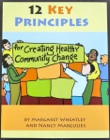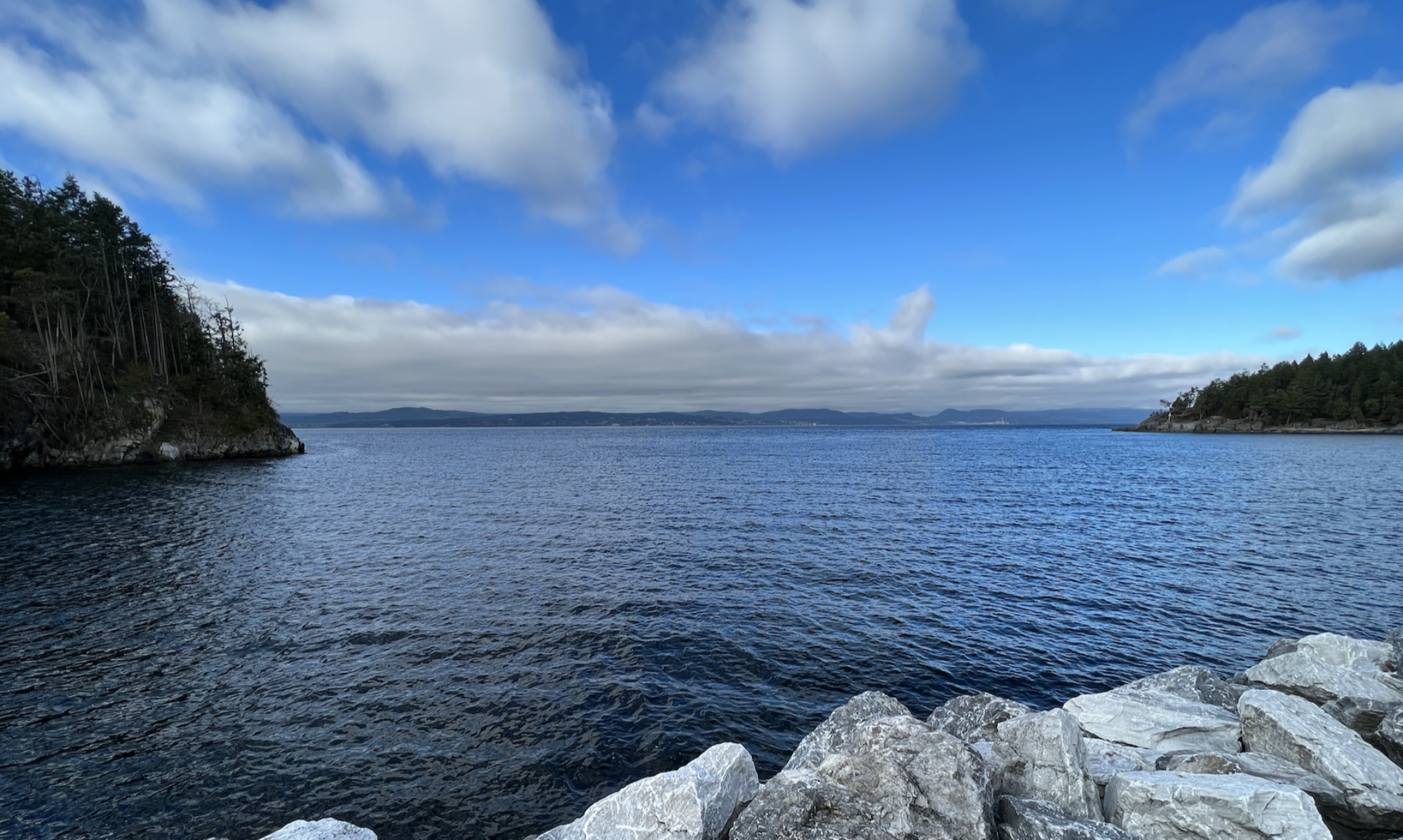One of the teachings that I’m really loving offering is “12 Principles for Creating Healthy Community Change.” A week ago with Teresa Posakony at an Illinois Art of Hosting. At other Art of Hosting trainings in Japan and Nova Scotia. Working with core leadership teams. Each principle is accompanied by a few questions to help focus leadership and social engagement. One of the reasons I love these is I feel a deep embodiment of them. I’ve been living in, applying, and learning some form of these principles with many friends through The Berkana Institute since the early 90s.
These principles were created by friends and colleagues, Margaret W heatley and Nancy Margulies. They are part of an Engaging Community Toolkit created in partnership by The Berkana Institute and Neighborhood Centers Inc. When I use these, I introduce the principles as “principles for freedom in design,” whether working with teams, communities, or movements. A bit of what is underneath choices of engagement methodologies and practices. I introduce the questions as “questions to get started.” Great for many things including process reflection, staff meetings, setting group norms and agreements, and working with community movements at scale.
heatley and Nancy Margulies. They are part of an Engaging Community Toolkit created in partnership by The Berkana Institute and Neighborhood Centers Inc. When I use these, I introduce the principles as “principles for freedom in design,” whether working with teams, communities, or movements. A bit of what is underneath choices of engagement methodologies and practices. I introduce the questions as “questions to get started.” Great for many things including process reflection, staff meetings, setting group norms and agreements, and working with community movements at scale.
Last week I shared these with a group at the Edmonton Art of Hosting. There were about 15 people that showed up to learn. I shared stories. Asked questions. Offered applied practice. Explored together. The check-in and check-out from this group is representative of what I’ve seen in myself and with many others as they explore these principles. It shows a kind of hunger and appreciation for the simple that they can use. To get a bit more of that flavor, a few of the words spoken in Edmonton are below:
Check-In: What brought you to this group?
-appreciation of the invisible
-desire to use in the work I’m doing
-desire to spark change
-longing to be released from the recipe of forms
-desire to use with my board
-appreciation of knowing at the “gut” level
-welcome of more tools
-freedom, my yearning for it
-applied possibility
Check-Out (after an hour together — yes, short, but a powerful touch): Please share a bit of what you leave with / appreciate…
-the spark of yes
-awareness
-tools for a community of practice
-clarity of common sense in need of common practice
-“failure in the middle” — I want to learn more
-good to feel the identity of us as human beings
-I could use this with my exec team over 12 weeks
-this is good scaffolding
-this is ultimate garden preparation for fertile soil
-a checklist to breath and get grounded
Loving offering this. Loving exploring with people. Loving seeing the birth of the simple in people and in myself. Loving the work that is getting done that supports healthy change.
Thanks all in Edmonton.
